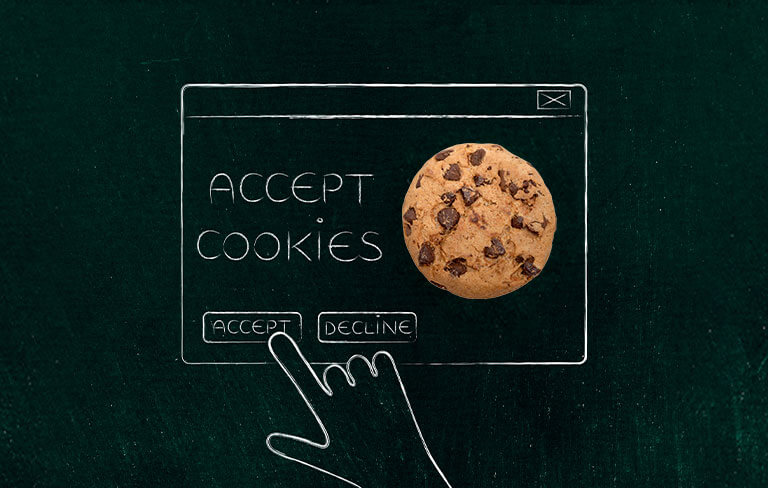Cookies, do you accept them or do you reject them? Most of us would gladly accept them especially if they come from the jars! But how about those that POP right in our screens?
Cookies are packets of data captured and sent to and fro our devices. Data captured includes our internet activity, such as our visits and login information. There are different types of cookies, i.e. Session Cookies, Tracking Cookies, and Authentication Cookies, just to name a few.
The hottest question to date about these cookies – Are they safe? No doubt, cookies help enhance user experience. Take for example, cookies keep a record and allow users to access their most recent visits and login information (good for those who have one too many passwords to remember!). With the rising prevalence of cookies and the enhancements they bring, there have also been cases of frauds and hacks. Viruses and malware can disguise themselves as “cookies” often wearing the hat of a “third-party cookie” to gain access to users’ information. Oftentimes, such viruses and malware are not identifiable by users and with that, consumers are increasingly worried about potential security and privacy issues that come with cookies.
Above all things positive about Cookies, consumers do have their fair share of concerns on whether or not the information they provide online are being “abused”. Frauds and hacks are ever so common these days, one of the many strategies that relevant authorities have put in place to curb such occurrences include the phasing out of third-party cookies and this has gradually become one of the compliance brands have to maintain. What does this mean for brands? Without third-party cookies, brands who are still tapping on external data to better understand consumers are being undercut. However, without third-party cookies, it also opens the door to opportunities for brands to build more genuine and authentic relationships with their consumers by providing consumers with more choices, greater transparency and control over how their data is collected and used – which is not necessarily a bad thing.
No third-party cookies? How then can brands move forward and continue to meet their consumers and their needs? It can be as simple as 1-2-3, or in this case, 0-1-2!
Tap on zero-party data
With Google on the path towards obsoleting third-party cookies, it is now more imperative than ever to tap on zero-party data. Without cookies in the way, brands can now reach consumers in a more direct manner, meeting them in their journey through different means such as surveys, polls, and emails. Zero-party data being the data brands request and receive directly from consumers are not only accurate, they are the key to personalisation. Nothing beats hearing from the consumers themselves, see how we leveraged Facebook’s lead-generation ad and a survey as a form of zero party data to further understand consumer behaviour.
Leverage on first-party data
First-party data are relevant and reliable. These data provide information on who their
consumers are, how they engage with the brand, and also the best way to reach them.
Brands can adopt a predictive modeling approach in which artificial intelligence is used to predict consumers’ next steps based on their information. One example would be; based on the information on consumers’ past purchases, brands ensure more personalized and relevant advertising and marketing specifically for their consumers. Surely this helps consumers to feel their needs being taken care of by the brands they go to. Google Analytics uses only first-party cookies, the data collected are hence first-party data. Mashwire did an in-depth analysis with Google Analytics to collect first-party data. This helped the brand we were working with to better understand their consumers.
Develop partnerships for second-party data
Second-party data partnerships are another company’s first-party data shared with a partner. It is especially useful for brands that overlap in some way or another, or have similar consumer bases. The power of second-party data is that brands get greater control over the data they purchase as compared to third-party data since second party data is another company’s first-party data. This also ensures relevance and quality.
A world without third-party cookies, albeit a little hard to get used to, can bring more good than harm to brands and their consumers!






